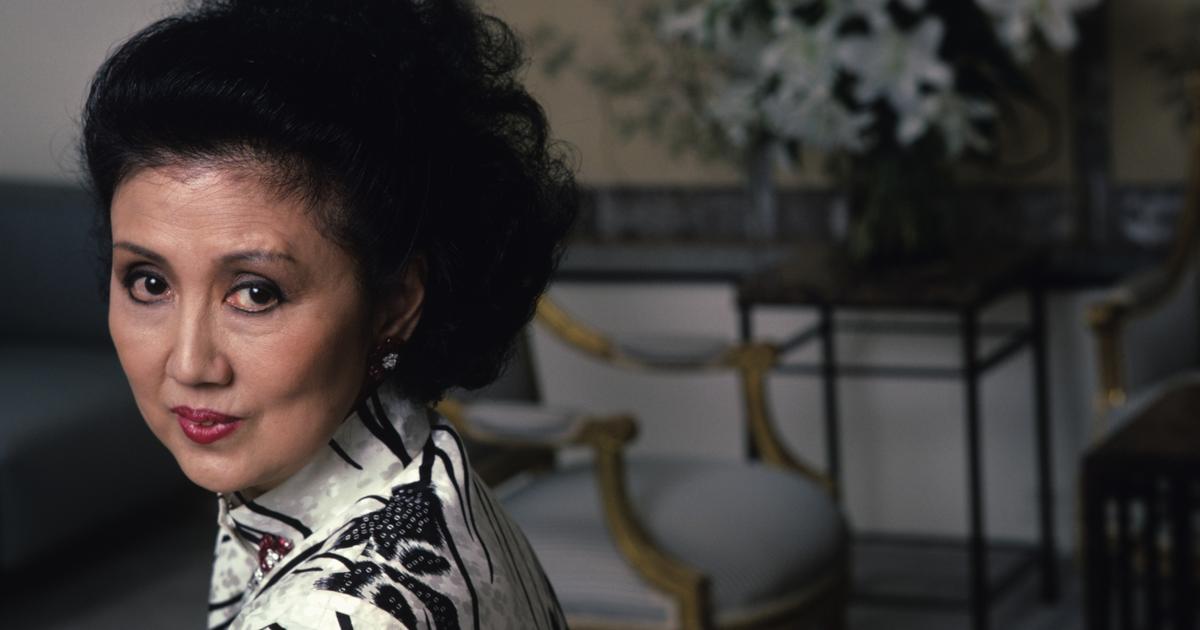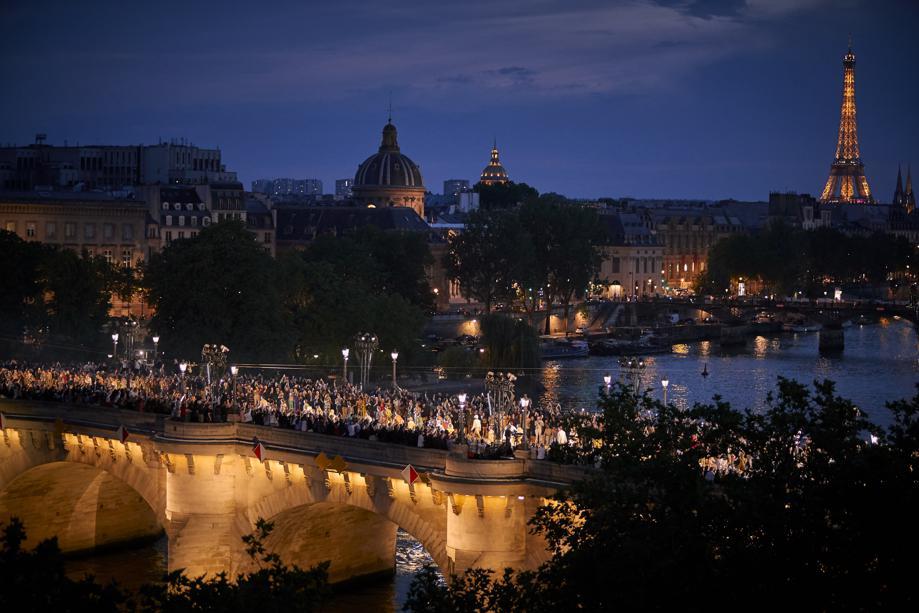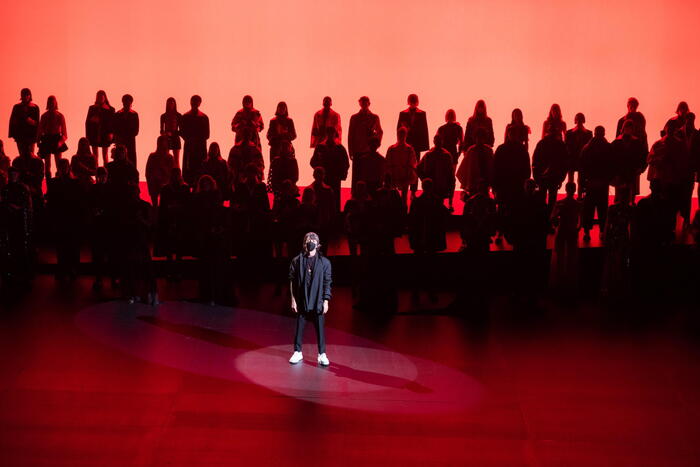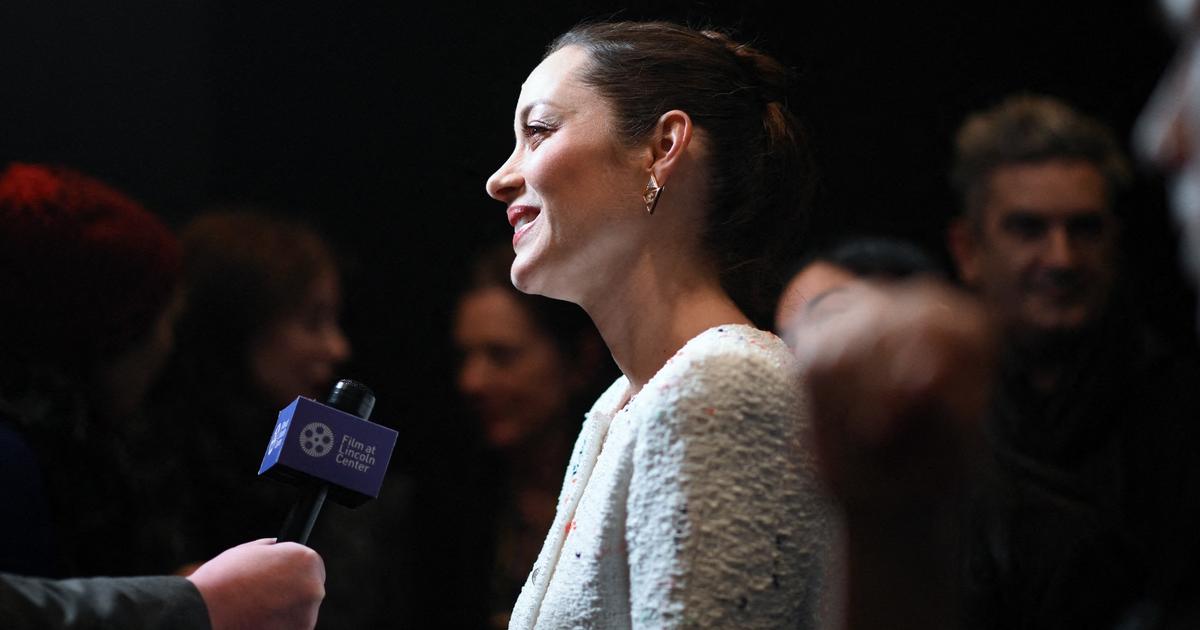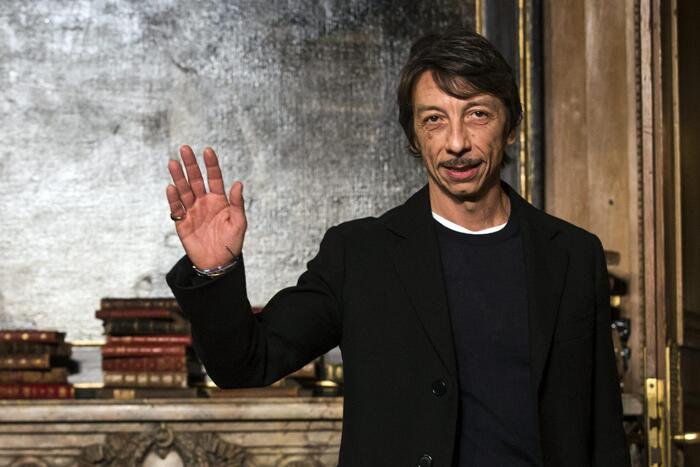She brought nature back to life through her creations.
This Thursday, August 18, the Japanese press agency Kyodo confirmed the death of designer Hanae Mori at the age of 96 in Tokyo, which occurred on August 11 at her home.
Founder of a flagship fashion house in the 1980s and 90s, she conquered international fashion with her floral creations combining cuts from the “West” with patterns from the “East”.
At its peak in 1980, his group was valued at $500 million and had more than $100 million in sales.
Sign of its power: the
Times newspaper
of Tokyo said that same year that "the name Hanae Mori has become synonymous with Japan in women's clothing, like Toyota in automobiles".
She was also the first Japanese to have the protected and ultra-controlled designation of “haute couture” in 1977.
Read alsoYohji Yamamoto, Fragment, Tadao Ando... When watchmaking flirts with Japan
A look back at Hanae Mori's career
In images, in pictures
See the slideshow14 photos
See the slideshow14 photos
Meeting with Gabrielle Chanel
Hanae Mori was born on January 8, 1926 in Mukachi in southeastern Japan during troubled times.
Her father is a surgeon and her mother a housewife.
"We were the only ones in my hometown to dress in Western style," she explained in 1996 when she spoke of her childhood.
She married in 1947 with Kenzo Mori, a descendant of a textile manufacturer and decided to resume her studies.
She trained in design and in 1951 opened a sewing workshop in a shopping center in Tokyo, opposite a cinema.
A chance for her, since a producer spots her and propels her: she creates hundreds of costumes for films like
Early Autumn
by Yasujiro Ozu and
Farewell to the Summer Light
in the 1950s and 60s.
Yet it is his meeting with Gabrielle Chanel in 1960 that will be founding.
During a fitting, the French designer offered her a bright orange outfit, to contrast with her jet black hair.
And this is how the aesthetics of her brand are born according to her.
“The whole Japanese concept of beauty is based on concealment (...).
I suddenly understood that I had to change my approach and make clothes that help women stand out,” she explains.
"Madam Butterfly"
Seascapes, prints, calligraphy, Japanese flower prints... The main ingredients of his success were already present during his first Paris show held in 1977. It is also in line with his first presentation at abroad taking place in New York on the theme of the meeting between "East" and "West".
In Paris, she parades a succession of “Japanese” dresses but also models with more “Western” cuts and patterns such as suits with open shoulders.
And all this under the “haute couture” label.
She was the first Japanese to be admitted to the Chambre Syndicale de la Haute Couture in 1977 and was almost an exception to the other, mainly male, couturiers of her time.
Over the seasons appeared sculptural cocktail dresses, dresses playing on transparency, but also her famous “butterfly” motif which earned her the nickname “Miss Butterfly”.
She even signed the costumes for the opera in 1985
Madame Butterfly
which is presented at La Scala in Milan.
Full screen
During Hanae Mori's latest fashion show, the Japanese designer composes a series of butterfly-patterned dresses, as a tribute to her nickname "Madame Butterfly".
(Paris, July 2004.) Getty Images
Faced with her Japanese colleagues - Issey Miyake, to whom she paved the way, or even Rei Kawakubo - "Miss Butterfly" offers a less radical fashion but not for all that less revolutionary.
"I can't force women to wear kimono, but I can create the atmosphere of kimono," she explains.
Here is the essence of her fashion: to build a dialogue between Western culture and Japanese culture so that all women find themselves there.
Evidenced by its international clientele, including Empress Masako - whose wedding dress she designed - or even Grace Kelly, Caroline of Monaco or Hillary Clinton.
In 2004, she signed her last show in her name and greeted the audience surrounded by models wearing dresses embroidered with butterflies.
A final like a flight.

